Leash training: How to Leash Train a Dog and a Puppy
21.01.2021.
Training a puppy to behave on a leash is probably one of the first things new dog owners will have to do. Leash training is essential because nobody wants to end up with a dog that misbehaves whenever you put them on a leash. Not only will good leash manners make your life easier, but it is also vital for your dog’s safety.
All dog owners were once inexperienced, and there was much information we needed to learn. Sometimes, all you can do is your best, and hope that is good enough. It is a great idea to prepare yourself for different aspects of dog ownership, and leash training is one of the basics.
It might be easier than you think, and if you follow these steps, your dog will have perfect leash manners in a matter of days.
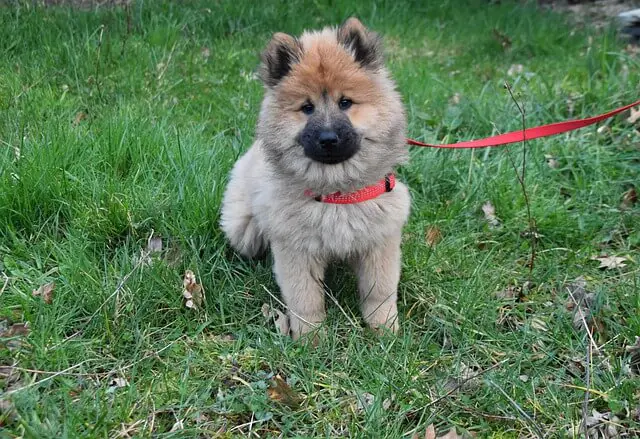
Preparation
Every successful training starts with thorough preparations. There are a few things you should start with, which will lay the groundwork for the advanced parts of the training. Here is what you should do;
Meet and greet
The first thing you should do is get your new puppy acquainted with their leash and their collar or harness. Get it on them while they are still in the house and make them get used to it. Teach them that wearing a collar and a leash are associated with treats and fun. Play with them or distract them while they are still wearing it inside. Keep it short; this is just the introduction, and making your puppy wear the leash long can be counterproductive.
Another interesting process you will have to go through with your puppy is potty training. Check out the article that can help you with that - Potty training a puppy.
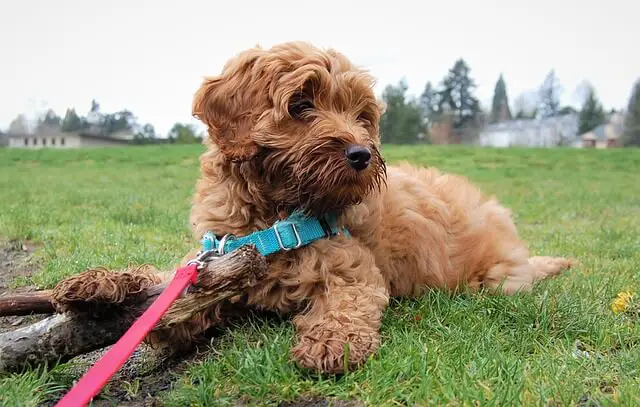
Associations
The second thing you should do is start working on an association. Some owners use a clicker, some use a word, and some can just make a distinct sound that their dog will easily recognize. Start making an association in your puppy’s brain with that sound and receiving treats. Clear the distractions, and while they are on the leash, make the sound. As soon as the puppy diverts their attention towards you, give them a treat. After a while, the puppy will not only turn towards you, but they will start walking towards you as well.
Increasing the difficulty
The next level of leash training a puppy would be increasing the distance they have to walk to get the treat. When you start noticing the puppy is walking towards you, back up a few steps and make them walk a bit longer with the collar and leash still on. When your puppy masters that part, start walking a few steps with them before giving them a treat. Keep it short and make sure your puppy isn’t mentally exhausted after training.
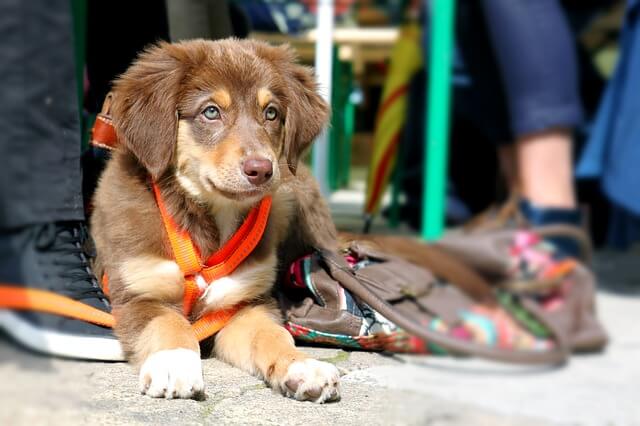
Inside/Outside leash training
The puppy should now understand how to come to you and walk a few steps alongside you. It’s time to introduce a few distractions, and usually, the leash is more than enough. Try walking them inside a couple of steps, see how the puppy reacts, and assess how their leash training is going. Don’t forget about the treats, praises, and positive atmosphere.
After that, it is time to start going outside. The outside world will offer much distraction. There are new sights, sounds, smells, and other people and dogs outside that will surely distract your puppy. Keep a close eye on them and make sure you read their body language. See if they are about to lounge or run after something. At that moment, you should use your clicker or whatever cue you used to create their associations. Make the sound, and that should make the puppy divert their attention to you. Take a few steps back or sideways, away from the distraction, and reward them with a treat.
Here is an article that can help you with getting your puppy used to their new surrounding - 5 Puppy Training Tips.
These are all the steps you’ll need to do to finish the leash training process. However, there are probably more than a few issues your puppy will develop as they grow older. There are new distractions, sights, smells, and sounds that will most likely distract them and cause them to act in a manner you have not trained them.
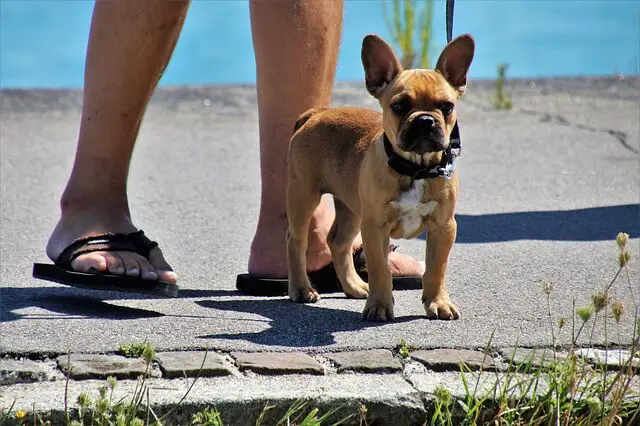
That is entirely normal, and you should understand why these things happen. The three most common problems are barking, lunging, and pulling the leash. Here is why that happens and how you can quickly deal with those problems.
Barking while on a leash
Some dogs might bark too much while on the leash. Many things dogs can bark at, things like cars, bicycles, joggers, and other dogs. It is a common problem that can escalate if not properly taken care of. You should redirect their attention towards you and a treat. Increase the distance between the barking reason and your puppy, and teach your puppy they should divert their attention towards you when they see something that makes them bark.
Barking often happens because of a lack of exercise. Make sure your dog receives plenty of physical activity. Each breed has unique requirements, and make sure you know how much your dog needs.
One of the most important processes your puppy will have to go through is socialization. Here is an article that can help you with that - 8 Tips And Tricks - Puppy And Dog Socialization.
Lunging
Lunging is the second issue that may occur. There are also plenty of reasons your dog might lunge at something, and that sort of behavior should not be tolerated. You should have the same method as with barking; divert their attention, and get them used to turn their attention to you when they see something that makes them want to lunge at it. You should keep a close eye on them and notice if that sort of behavior is about to happen again.
Again, it might be the same reason. Make sure your dog doesn’t have built-up energy they need to spend.
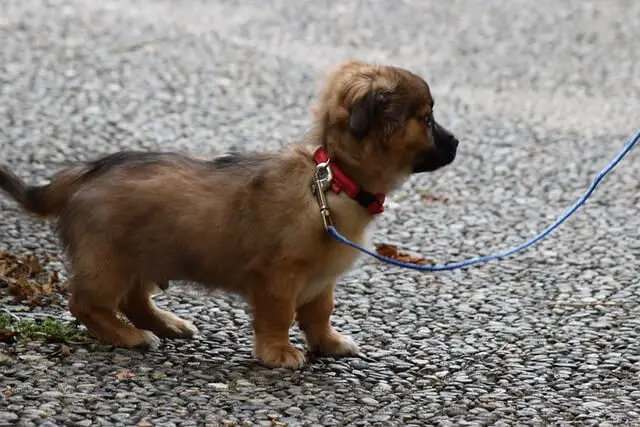
Pulling
Pulling the leash might be one of the most common leash training problems dog owners face. Dogs love being in charge during walks, and if you don’t control them, they will pick the way you are going. If your dog starts pulling, you should make a statue of yourself. Refuse to move an inch, and wait until your dog comes back to you. You should repeat that until the dog stops pulling. A dog harness is another great way you can stop them from pulling. Here is an article that can help you choose - Best dog harnesses.
World Dog Finder team

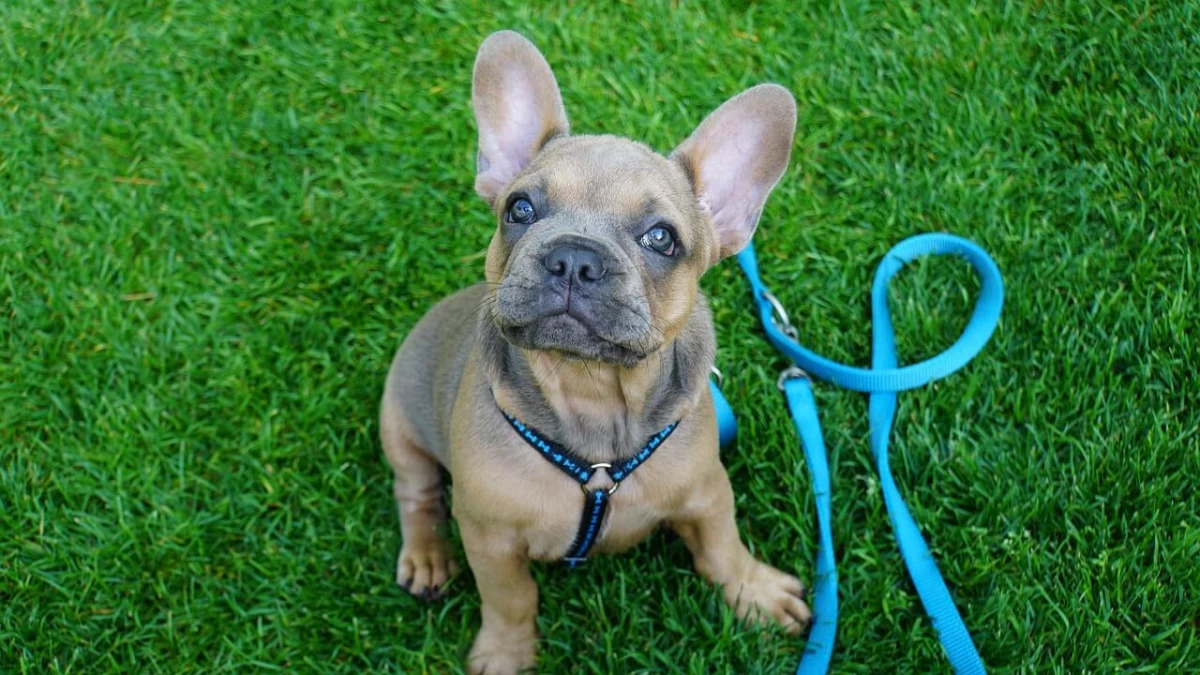

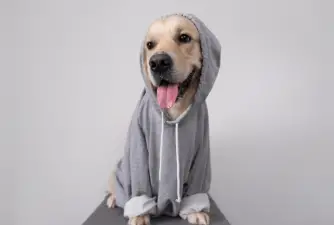
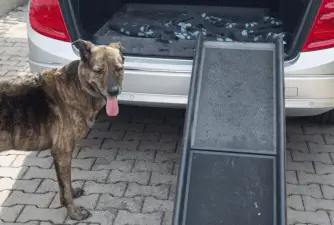
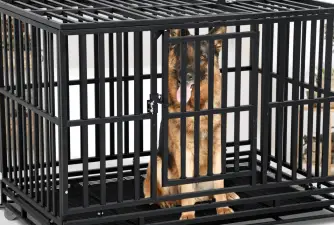

Share